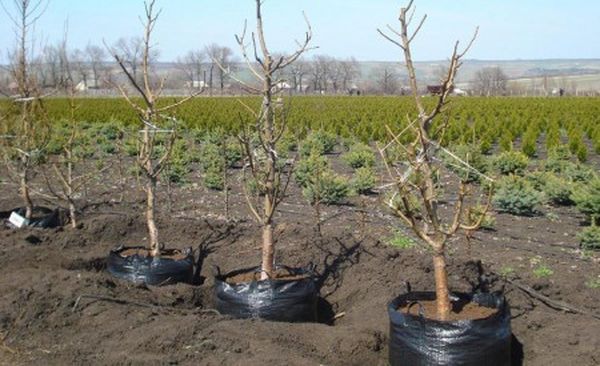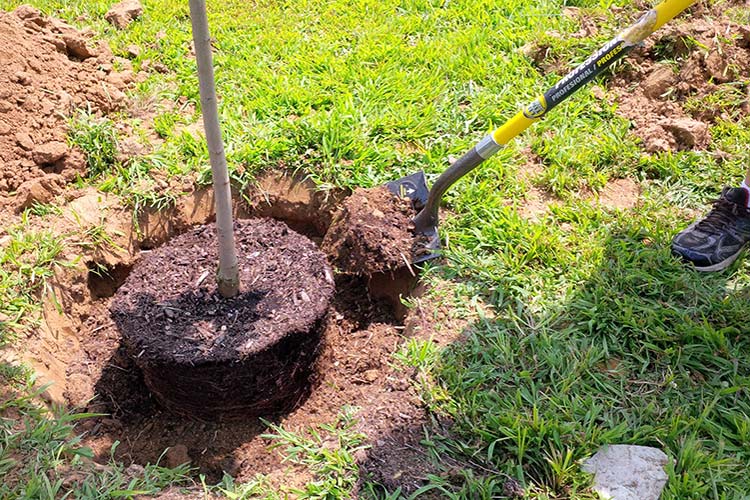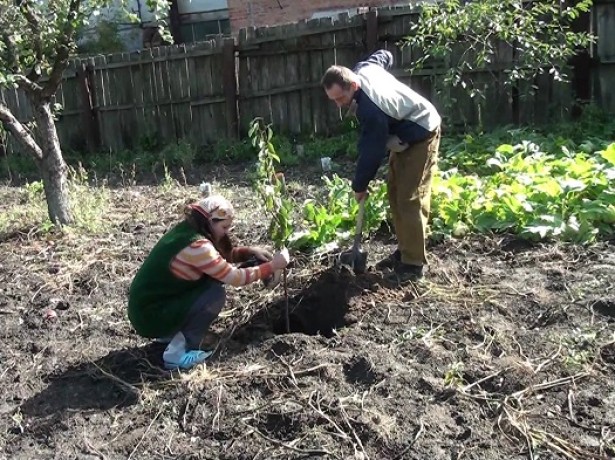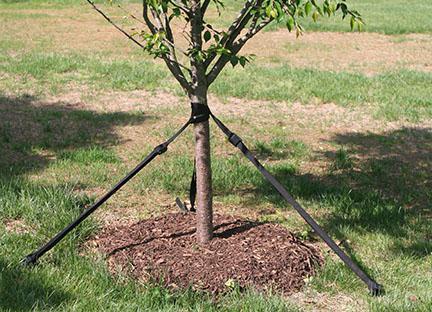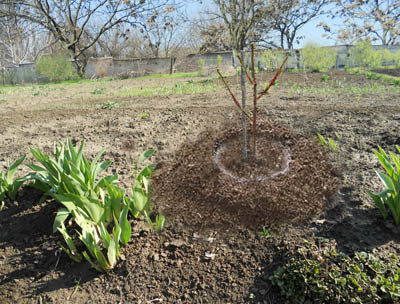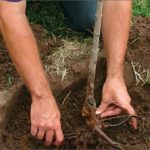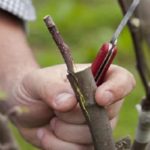Cherry bushes occupy one of the main places in garden plots. Due to the culture’s undemanding nature in terms of growing conditions and ease of care, it is happily cultivated in various regions. But it is necessary to know the agricultural technology of a fruit tree. There comes a time when you need to replant the cherry tree. And here both the timing and rules of transplantation are important.
When can you replant cherries?
The role of replanting fruit trees increases when they begin to bear fruit poorly or become weak and stunted.Cherries are transplanted to a new location if the soils are depleted or have a lot of moisture due to the swampiness of the area. Sometimes the initial location for the crop is chosen incorrectly. Buildings appeared nearby, tall specimens of garden crops grew, shading the stone fruit plantings. And the problem immediately arises when it is possible to replant the tree.
Usually transplantation is carried out in autumn or spring. The natural order cannot be violated. In the spring, the transplanted tree will have time to grow stronger over the summer and easily overwinter. But you need to choose the time before the buds begin to swell. But autumn replanting will also allow the cherry bush to adapt faster. At this time, the movement of sap along the trunk and shoots decreases. The leaves have already fallen, there is no need to waste energy feeding them. By winter, the root system will become strong, and the cherry will survive the cold period without loss.
The optimal time for autumn transplantation will be the second half of September or the first of October.
It is better to replant when:
- temperature indicators reached +10 degrees;
- the weather is dry and sunny, without rain;
- no frost on the soil;
- windless day.
Having chosen a day for the cherry replanting procedure, you need to prepare in advance the equipment and a new place for the tree.
How to replant correctly: step-by-step instructions
Replanting cherries requires choosing a comfortable place for the crop in the garden plot. The tree needs as much light as possible. Areas well-lit by the sun, but sheltered from the wind, are best suited for it. The close occurrence of groundwater is taken into account when choosing a new place for cherries. Therefore, it is best to transplant the crop to a hill on the south side of the garden. The soil for cherries needs sandy loam, loose, with neutral acidity.
In order for adaptation to a new place to happen faster, the composition of the soil must be identical to what it was in the old place where the crop grew.
The age of the cherry is also taken into account when transplanting. It is correct to replant crops that are 3 years old. You should not take an adult tree, since replanting it is unrealistic. It simply won’t take root and will die. Don't touch either felt varieties of cherriesthat will not have time to prepare for fruiting.
Step-by-step instructions for replanting cherries consist of a number of steps:
- In a new place, a hole is prepared up to 70 centimeters wide and 50 centimeters deep.
- Add humus, wood ash, superphosphate and potassium salt to the planting hole. Thoroughly mix fertilizers with soil.
- The tree is dug up along with the roots, on which the lump of earth firmly holds. There is no need to shake it off.
- In the middle of the hole, a raised layer of nutritious top layer is poured and a tree is placed.
- Begin to fill the hole with soil mixture, placing the root collar at the same level from the surface of the earth. During the procedure, shake the tree so that clods of earth fit between the roots.
- The soil is compacted tightly, starting from the beginning of the trunk circle towards the tree.
- Water the transplanted bush abundantly, up to 3-4 buckets per plant.
If cherries are transplanted in the fall, then they try to choose a day without frost, with a temperature of at least 10 degrees Celsius. In the spring, cherry trees are transplanted so that sap flow has not yet begun, which will slow down the tree’s adaptation to the new location.
Useful tips for transplantation
Experienced gardeners advise during transplantation:
- prepare planting holes according to the diameter of the root system;
- dig up the seedling carefully, trying not to damage the branches and roots;
- in the new location, fertilize the area with mineral fertilizers, wood ash, and compost;
- bring the dry parts of the root system back to normal by immersing the tree in water for several hours;
- The pit is filled in layers, compacting each layer of earth poured;
- tie up the transplanted tree so that it stands stable.
Just as for a person moving to a new place of residence is stressful, so the cherry tree experiences difficulties in development after transplantation. Therefore, the gardener’s task is to support the tree in a difficult situation. To do this, you need to pay attention to it: water it on time, feed it. This is especially important in the autumn. It will be more difficult for cherries in winter if comfortable conditions are not created for them in the fall. You need to cover the seedling with spruce branches. Whiten the trunk so that the bright sun rays in February do not burn the trunk. Whitewashing and wrapping with non-woven material will save you from attacks by pests and rodents.
Cherry replanting works better if you trim as many branches as possible on the tree. Then all the plant’s forces will be directed to rooting in a new place.
Stone fruits cannot be replanted in winter or summer. During the cold season, the bush will not be able to take root and will die. In the summer, you can only start propagating your favorite variety if the plant is seriously ill. But it is better to plan the procedure at the end of the season.
Features of transplantation depending on the age of the cherry
When they begin to prepare for replanting cherries, be sure to pay attention to the age of the tree. It is more difficult for an adult tree to undergo surgery. It will hurt for a long time, it will stop bearing fruit. The optimal age of the crop for transplantation is up to 3 years. If you are transplanting shoots, then the shoots take 1-2 years of life.They must be carefully separated from the main root. After all, any disconnection from the power supply, carried out in violation of the integrity of the roots, will lead to their drying out.
Transplanting young shoots before the onset of frost will cause a lack of nutrients. And as a result, further growth and development of the plant will stop. It is necessary to correctly transplant the cherry shoots so as to capture part of the mother’s root. To do this, dig up the ground near the tree in a circle of 30 centimeters, cut off part of the main root. After cleaning the cut area, coat it with paint or varnish. It remains to sprinkle soil on both the main shoot and the lateral shoot chosen for transplantation. The seedling is fed with bird droppings diluted with water in a ratio of 1:12.
The time for transplantation is chosen in early spring, after the snow melts. Only in this case will the seedling separated from its mother become stronger by winter. During preparation for the procedure, its branches are trimmed and watered abundantly. Transplantation to a new place is carried out when the bush has a strong root system. If the tree is sick for a long time after transplantation, you need to feed it with products containing copper. A urea solution is useful for maintaining plant immunity.

